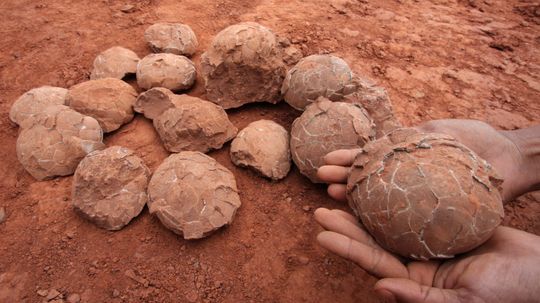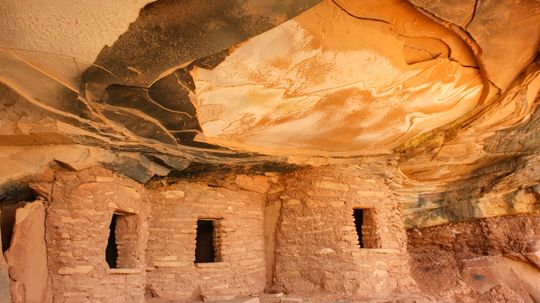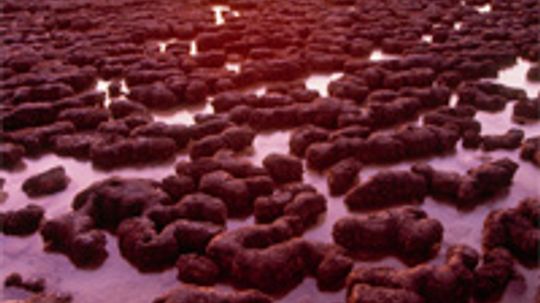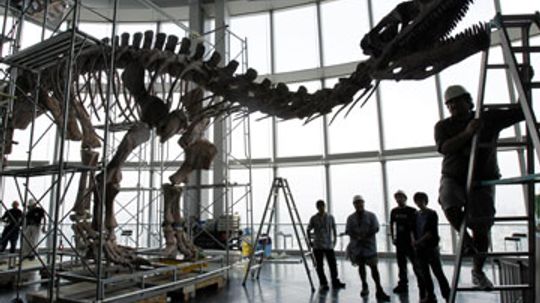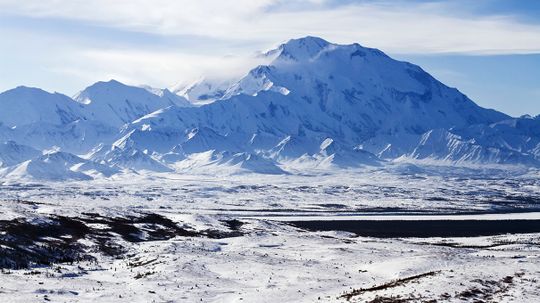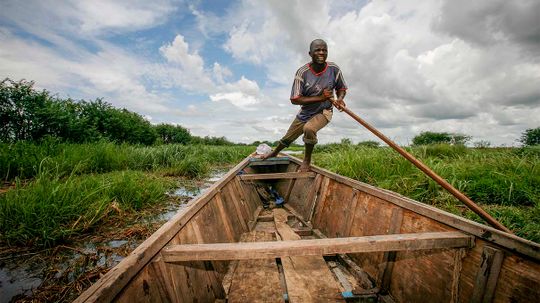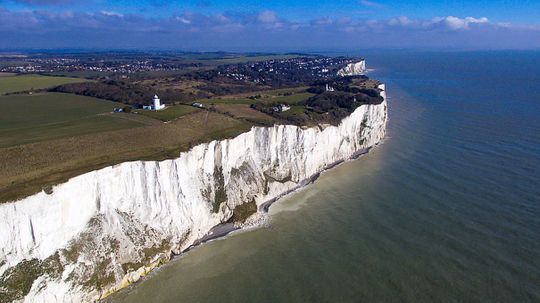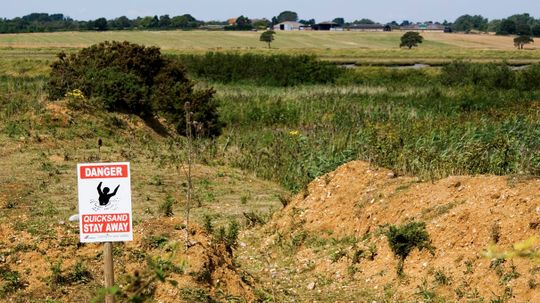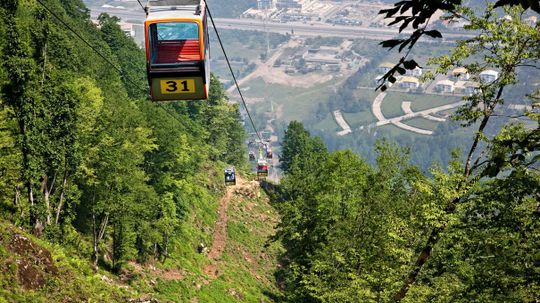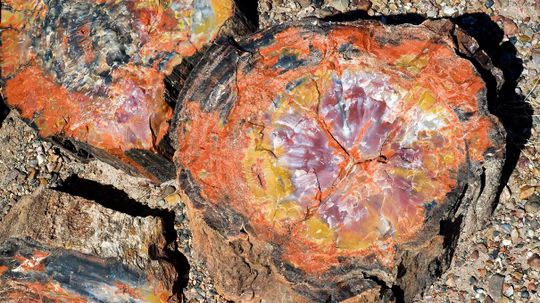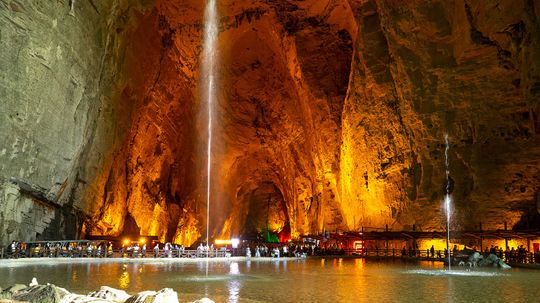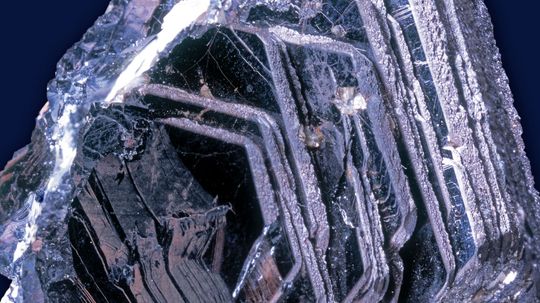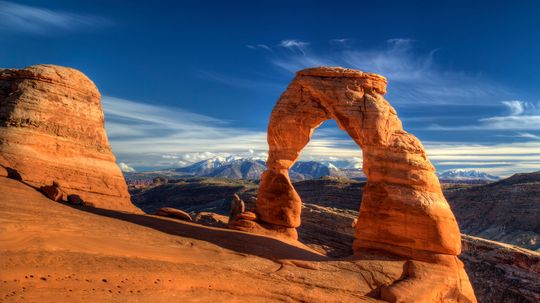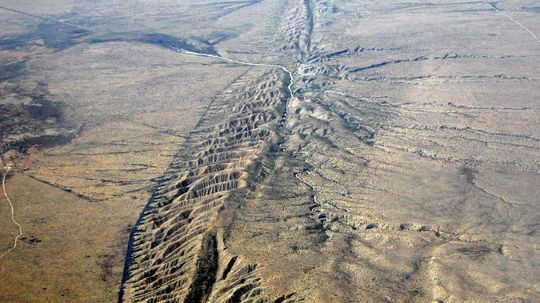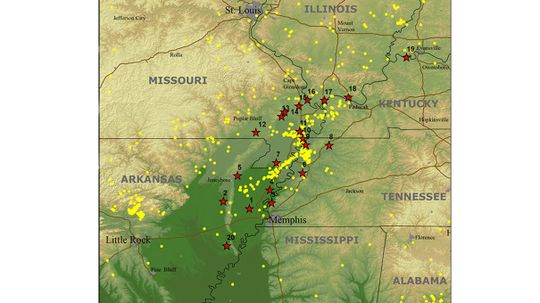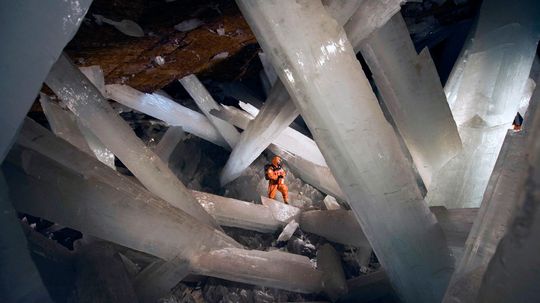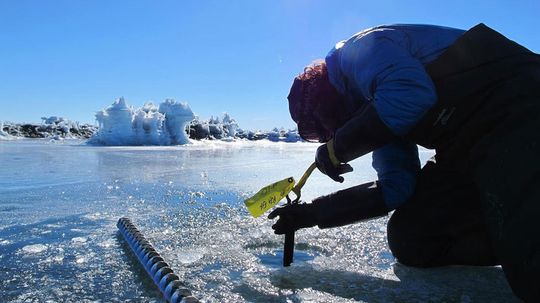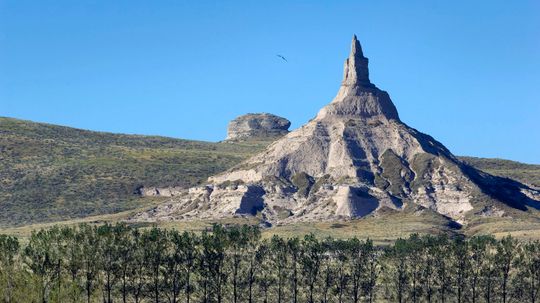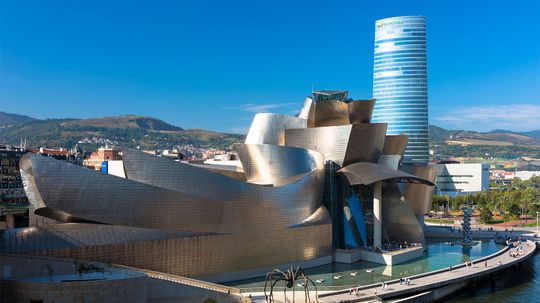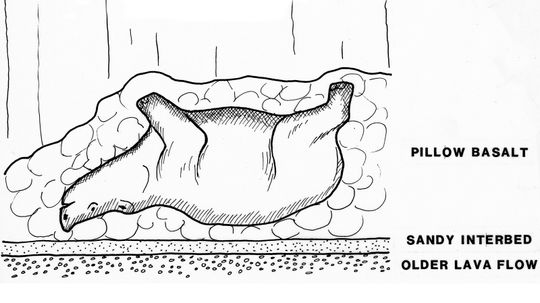Geology
Geology is the study of the composition and physical properties of rocks, minerals, gems and other related earth materials, including diamonds and crystals. Scientists gain an understanding of the Earth's history by studying its composition.
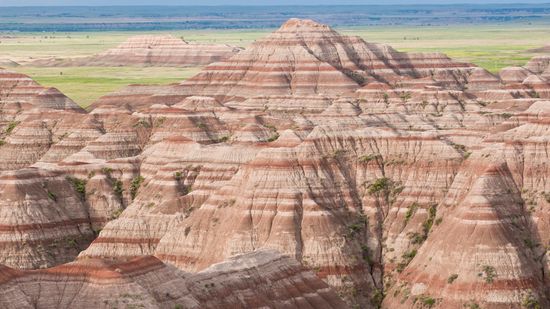
3 Types of Rocks Every Aspiring Geologist Should Know
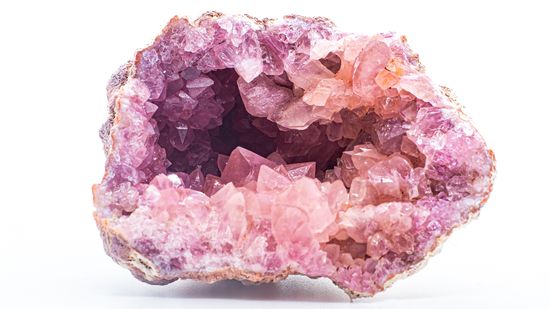
What Are Geodes and Where Can You Find Them?
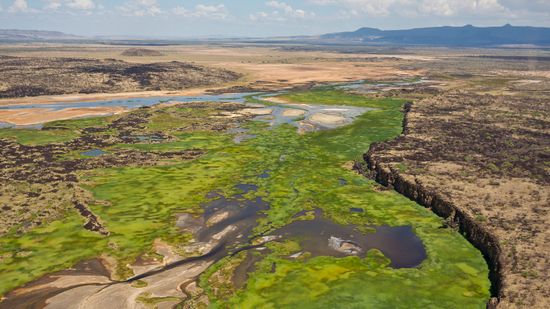
Is Africa Splitting in Two? Really? Here's the Scoop
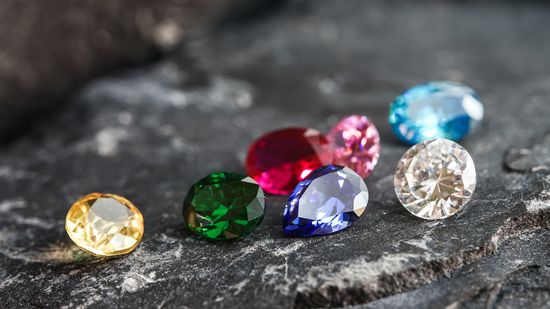
15 Types of Gemstones to Add a Little Sparkle to Your Life

13 Brown Gemstones for Understated Elegance
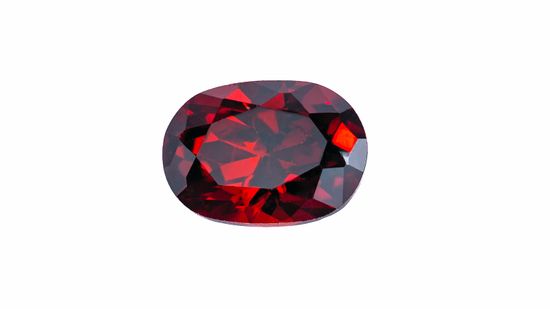
10 Red Gemstones That Evoke Power and Bold Luxury

River-bottom Bones: The Strange World of Underwater Fossil Hunting
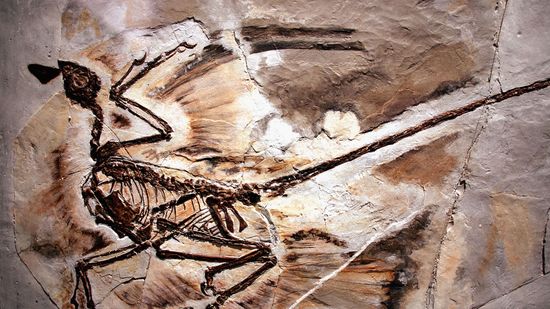
Velociraptor Alert: The Feathered Dinosaur Quiz
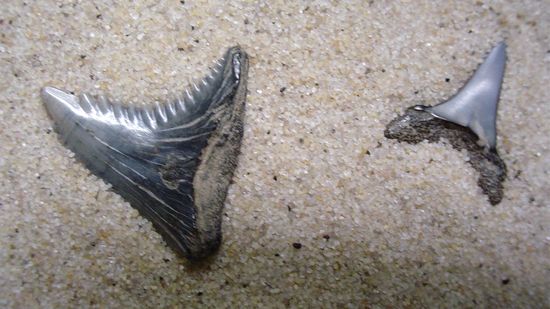
The Rockin' State Fossils Quiz
Learn More / Page 4
You likely heard that paleontologists uncovered a cache of dinosaur embryos, bone fragments and eggshells in China. You also may recall that we've made crazy leaps forward in genetics and genomics. Can we put the two together and create a dinosaur?
Anthropologists specialize in, well, us. But studying humankind doesn't mean you have to hole up in a library or laboratory. Take a peek at this article to learn more about the dynamic, enriching field of anthropology.
When it comes to fossils, specimens like Sue the Tyrannosaurus rex grab much of the attention. And while Sue is a staggering 67 million years old, she's a new kid on the block, compared to some of the oldest fossils ever found. What's older than Sue?
Advertisement
Crack open any science textbook and the authors will tell you that such things don't happen. So how did a couple of paleontologists and an acid bath turn that widespread belief on its head?
By Robert Lamb
If geology has taught us anything about Earth's history, it's that nothing is permanent. And that goes for mountain ranges, all of which are constantly rising and falling.
By Mark Mancini
The Sahara has expanded by about 10 percent in the past century, mostly due to natural causes, but not all. We can blame the rest on man-made climate change.
Talk about a Brexit! Scientists have clues to catastrophic flooding that destroyed a land bridge that once connected England and France.
Advertisement
Science has determined that disappearing completely into quicksand isn't possible - but that doesn't mean that getting stuck still won't kill you.
Surprisingly, living in a city with a high level of natural radiation doesn't have any ill effects.
By Alia Hoyt
Petrified wood can be found all over the world, but how is it created?
One term might give you the impression of something grand and mysterious, while the other makes you think of claustrophobia-inducing environs that threaten human life. But what's the real difference?
Advertisement
You can find hematite found all over Earth, as well as Mars. The bloodstone the main source of iron and is also used in jewelry and painting.
How, in today's world, could a cave this massive go undetected for so long?
These ancient wonders aren't static sculptures; they vibrate and shift throughout the day, creating a variety of sounds as they stretch their aging, eroding 'bones.'
The oceans on planet Earth cycle through daily tidal changes. But the ground beneath our feet experiences tides of its own, too.
By Mark Mancini
Advertisement
Will a town in southern Missouri be the epicenter of the next 'big one'?
By Mark Mancini
Massive gypsum crystals were discovered beneath Mexico's Sierra de Naica Mountain in very inhospitable environs - to humans anyway.
By Mark Mancini
Scientists set up two stations to capture this strange seismic activity.
By Mark Mancini
The end of Earth will likely come about because of the sun in our solar system. This much you might already know, but we actually have an approximate date.
By Robert Lamb
Advertisement
The U.S. is full of exceptional geological formations. But these five set the bar high as far as landmarks go.
By Mark Mancini
This white-hot metal not only makes beautiful jewelry, it's coveted for industrial, medical and military purposes too.
By Alia Hoyt & Desiree Bowie
Permafrost across the globe is rapidly melting. What could this mean for the future of the planet?
By Mark Mancini
Let's take a look at some of the strongest metals on Earth and their surprising uses.
By Dave Roos & Sascha Bos
Advertisement
It's perhaps one of the strangest fossils ever discovered. We'll explain how it came to be 15 million years ago, and how hikers found it in the '30s.
By Mark Mancini
Cobalt is associated with the color blue, but it's so needed for rechargeable batteries that the U.S. put it on the list of minerals it can't live without.
By Dave Roos
